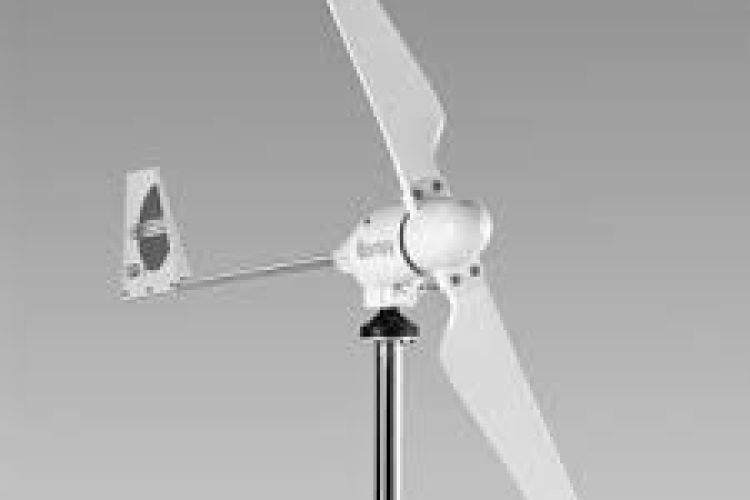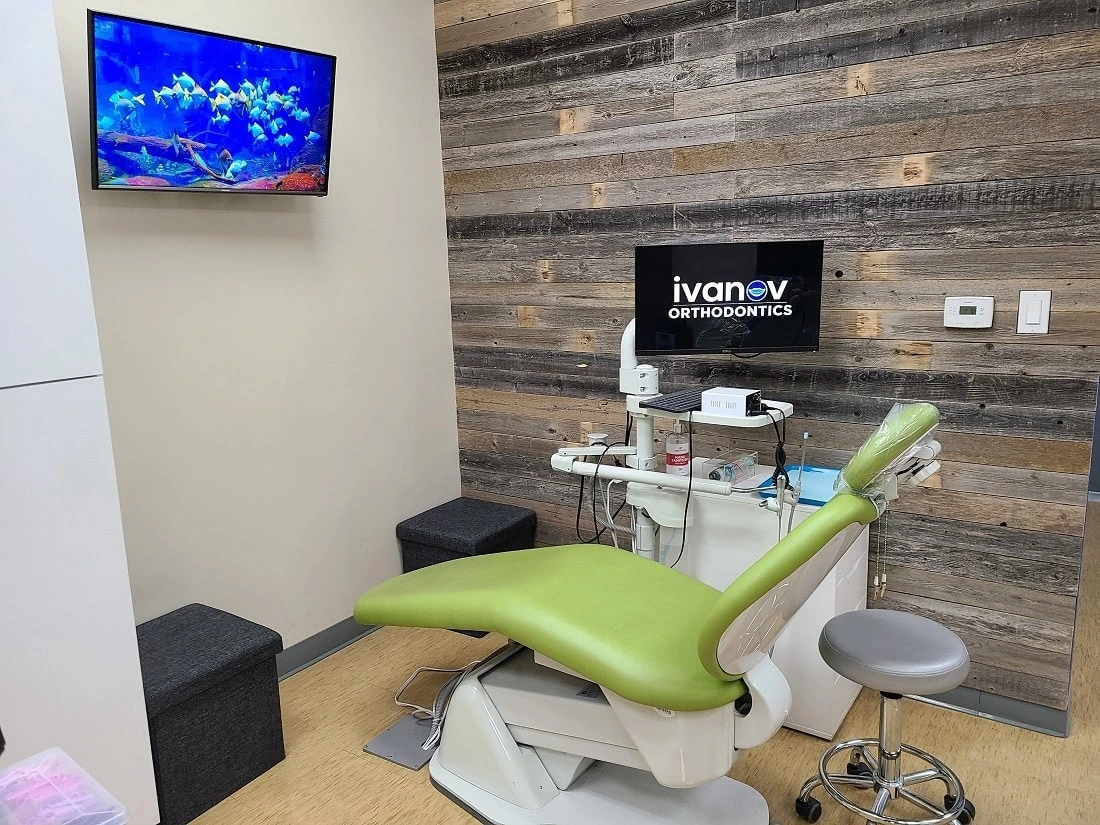Harnessing the Wind: A Deep Dive into South Africa Wind Turbines and the Rise of the Wind Generator for Home
As the world pivots towards clean and renewable energy sources, wind energy has emerged as a viable, efficient, and sustainable option. In recent years, countries with vast open landscapes and favorable wind conditions have increasingly embraced wind turbines to meet both residential and commercial energy needs. Among these nations, South Africa is uniquely positioned to lead the charge. With its expansive geography and consistent wind patterns, the country is steadily investing in wind power projects. This blog explores the transformative role of South Africa Wind Turbines, the growing popularity of the Wind Generator for Home, and how companies like Pegasus Systems are paving the way for a cleaner future.
The State of Wind Energy in South Africa
South Africa has long relied on coal-fired power plants, which contribute significantly to greenhouse gas emissions. However, due to growing environmental concerns and global pressure to reduce carbon footprints, the country has initiated aggressive policies to diversify its energy mix. One of the standout initiatives in this shift is the development and deployment of South Africa Wind Turbines.
Wind energy is abundant in regions such as the Eastern Cape, Western Cape, and Northern Cape, where numerous large-scale wind farms are either operational or in development. Projects such as the Cookhouse and Jeffrey’s Bay Wind Farms have showcased the country’s commitment to renewable energy, contributing hundreds of megawatts to the national grid.
The success of these initiatives is not only reducing South Africa’s dependence on fossil fuels but also promoting energy security and economic development. Furthermore, the integration of South Africa Wind Turbines into the national energy strategy is creating jobs, stimulating local economies, and fostering technological innovation.
Residential Revolution: The Rise of the Wind Generator for Home
While large-scale wind farms garner much attention, the real revolution is happening on a much smaller scale: the adoption of the Wind Generator for Home. With frequent load shedding and rising electricity prices, many South African homeowners are turning to personal wind turbines as a cost-effective and environmentally friendly alternative.
A Wind Generator for Home works by converting kinetic wind energy into electrical power that can be used to run household appliances, charge batteries, or even be stored for later use. These home-based systems vary in size, capacity, and design, making them suitable for a wide range of residential settings—from urban rooftops to rural farmlands.
The benefits of investing in a Wind Generator for Home are manifold:
-
Energy Independence: Households can reduce their reliance on the unstable national power grid.
-
Cost Savings: Over time, the investment pays off through significant reductions in electricity bills.
-
Environmental Impact: Clean, renewable energy reduces one’s carbon footprint and supports global sustainability goals.
-
Low Maintenance: Most wind turbines require minimal upkeep, making them ideal for busy homeowners.
As technology advances, the efficiency and affordability of these systems continue to improve, making the Wind Generator for Home an increasingly attractive option for South Africans.
Government Support and Incentives
The South African government, recognizing the potential of wind energy, has implemented several initiatives and policies to encourage the adoption of South Africa Wind Turbines and the Wind Generator for Home. Through the Renewable Energy Independent Power Producer Procurement Programme (REIPPPP), the government is facilitating partnerships between private companies and public entities to expand renewable infrastructure.
Tax incentives, rebates, and funding programs are also being offered to homeowners and small businesses that invest in renewable energy solutions. These support systems not only ease the financial burden of initial investment but also encourage widespread participation in the green energy movement.
For instance, homeowners who install a Wind Generator for Home can apply for tax deductions or feed-in tariffs that allow them to sell excess energy back to the grid. These incentives create a win-win situation: users save money while contributing to the national energy pool.
Choosing the Right Wind Generator for Home
If you’re considering adopting a Wind Generator for Home, it’s crucial to make an informed decision based on your energy needs, location, and budget. Here are some factors to consider:
1. Wind Speed and Location
Your home should be in an area with consistent wind speeds (ideally above 5 meters per second). Coastal regions and open plains are typically more favorable.
2. System Capacity
Residential wind turbines come in various sizes, from small 400W units to larger 10kW systems. The right choice depends on your average monthly electricity consumption.
3. Installation and Mounting
Proper installation is key to maximizing efficiency. Roof-mounted systems may be suitable for urban homes, while free-standing towers work best in rural settings.
4. Grid-Tied vs. Off-Grid
A grid-tied system allows you to supplement your power from the utility grid, while off-grid setups are ideal for remote locations with no grid access.
5. Maintenance and Support
Opt for systems that come with robust warranties, technical support, and readily available spare parts.
Working with a reputable provider like Pegasus Systems ensures that you receive expert guidance, high-quality equipment, and after-sales support tailored to your specific needs.
How Businesses are Leveraging South Africa Wind Turbines
It’s not just households that are reaping the benefits of wind energy. South African businesses—especially those in agriculture, manufacturing, and hospitality—are installing South Africa Wind Turbines to stabilize their power supply and cut operational costs. Farms in remote areas are particularly well-suited to wind energy due to open landscapes and a need for reliable electricity for irrigation and machinery.
Similarly, hotels and eco-lodges are using South Africa Wind Turbines to attract eco-conscious travelers while reducing their carbon footprint. These establishments often market their commitment to sustainability as a unique selling point, tapping into a growing demographic of environmentally aware consumers.
Businesses also benefit from governmental support and can often claim back a portion of the installation costs. Moreover, commercial wind energy systems qualify for different financing options, making them an economically viable choice for small to medium enterprises.
Integration with Other Renewable Solutions
Many South Africans are combining their Wind Generator for Home systems with other renewable solutions like solar panels and energy storage units. This hybrid approach ensures a more stable and consistent power supply regardless of weather conditions.
For instance, solar energy is most productive during the day, while wind turbines often perform better at night or during stormy conditions. When used together, these systems can provide round-the-clock clean energy, making them ideal for both urban and rural settings.
Additionally, advancements in battery technology mean that excess power generated by a Wind Generator for Home can be stored efficiently and used when needed. This is especially beneficial during blackouts or times of peak demand.
The Environmental and Economic Impact
The shift toward South Africa Wind Turbines and residential Wind Generator for Home systems is creating a ripple effect across multiple sectors. Environmentally, this transition is reducing the nation’s reliance on coal and lowering greenhouse gas emissions. South Africa, being a signatory to the Paris Agreement, has committed to ambitious climate goals, and wind energy plays a vital role in achieving them.
Economically, the wind energy sector is creating thousands of jobs—from manufacturing and installation to maintenance and research. Local communities are benefitting from increased employment opportunities, infrastructure development, and energy access.
Furthermore, companies like Pegasus Systems are spearheading innovation in this sector by offering customized, scalable wind solutions that meet the needs of modern South Africans. Their contributions are helping to make wind energy more accessible, affordable, and reliable.
The Future of Wind Energy in South Africa
As technology continues to advance and awareness grows, the future of South Africa Wind Turbines and the Wind Generator for Home looks bright. Emerging trends such as smart grid integration, AI-based wind forecasting, and modular turbine designs are set to revolutionize the industry.
Educational institutions and research bodies are also contributing by developing more efficient turbine blades, quieter motors, and systems that perform well in lower wind conditions. These innovations will further reduce costs and improve performance, making wind energy even more appealing to a broader audience.
Moreover, the government’s commitment to a greener future, combined with private sector enthusiasm, means that wind energy will remain a cornerstone of South Africa’s energy strategy for decades to come.
Conclusion
The growing adoption of South Africa Wind Turbines and the Wind Generator for Home is a testament to the country’s shift towards sustainable living. Whether for personal, commercial, or national use, wind energy offers a cleaner, more reliable alternative to traditional fossil fuels. As we look toward a future defined by environmental responsibility and energy independence, businesses like Pegasus Systems are lighting the way with innovative, practical solutions tailored to the South African landscape.













